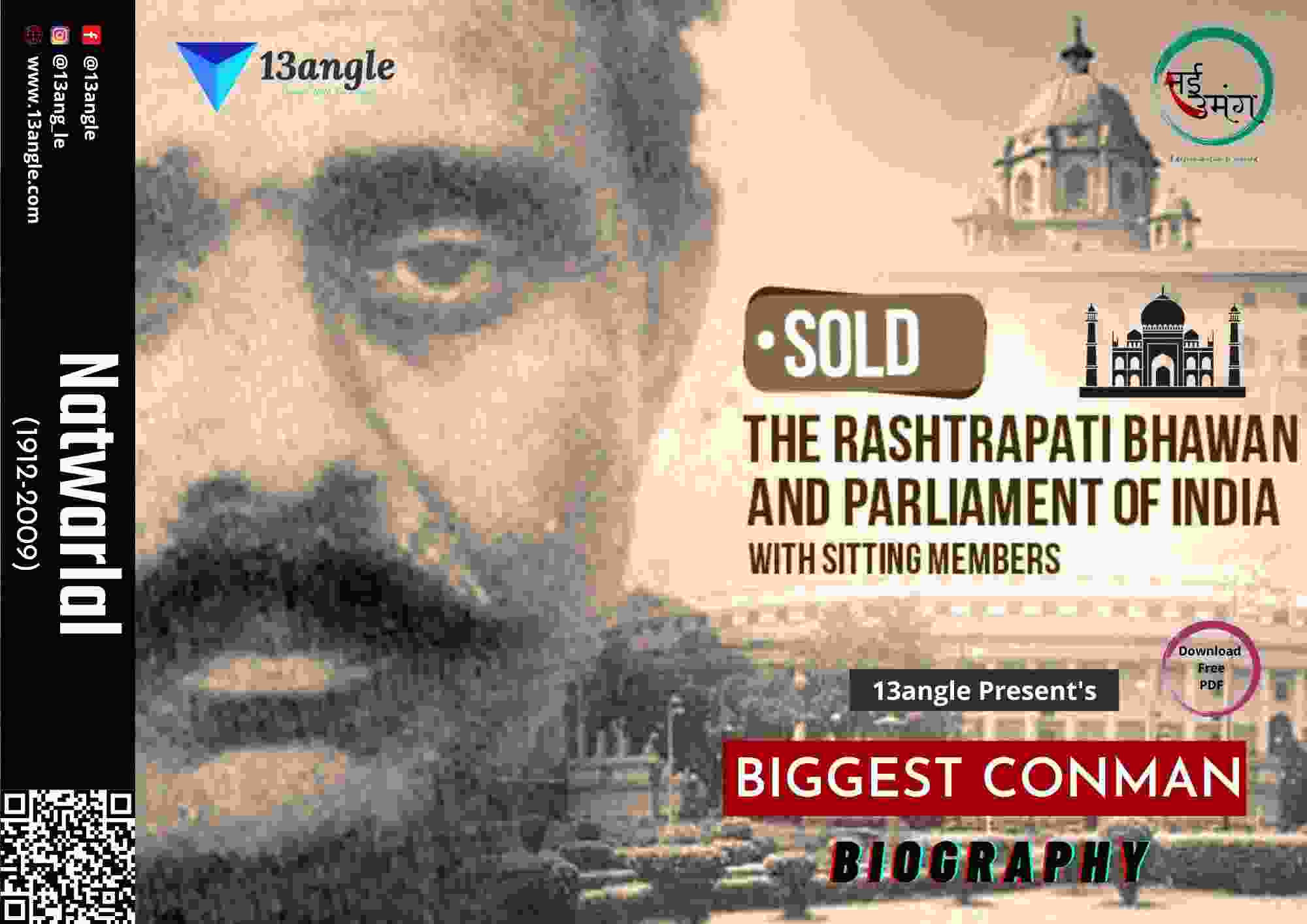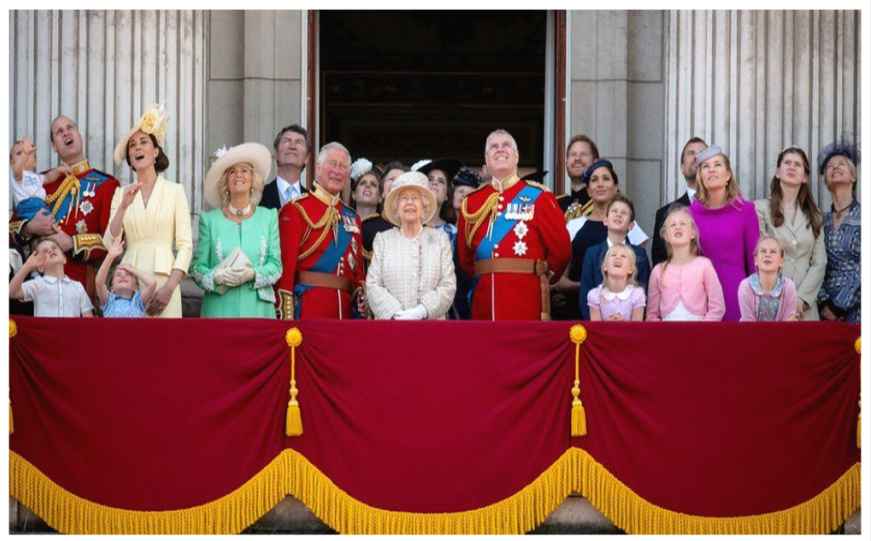
Introduction
The United Kingdom and the other Commonwealth realms, all are constitutional monarchies under the Westminster system of constitutional governance. In a constitutional monarchy, the power is apportioned by the crown with a democratically systematized government. Therefore, even if the ruling Queen or King is the country’s head of state, the crown must coordinate with the administration and is not alone in decision-making as all administrative power rests with the head of the government i.e., the prime minister.
The British crown began its journey from the petty kingdoms of Anglo-Saxon England and early medieval Scotland which amalgamated into the kingdoms of England and Scotland by the 10th century. A petty kingdom is a minor kingdom in the territory of a large empire. Wales, a country that is a part of the United Kingdom gradually came under the control of Anglo-Normans when England was conquered by the Normans in 1066. The principality of Wales became a puppet state of the English kingdom in the 13th century. This gradually embarked on the process of reducing the English monarch’s political powers. James I (VI of Scotland) succeeded the Union of Crowns in 1603 which led the English and the Scottish kingdoms to be ruled under a single monarch.
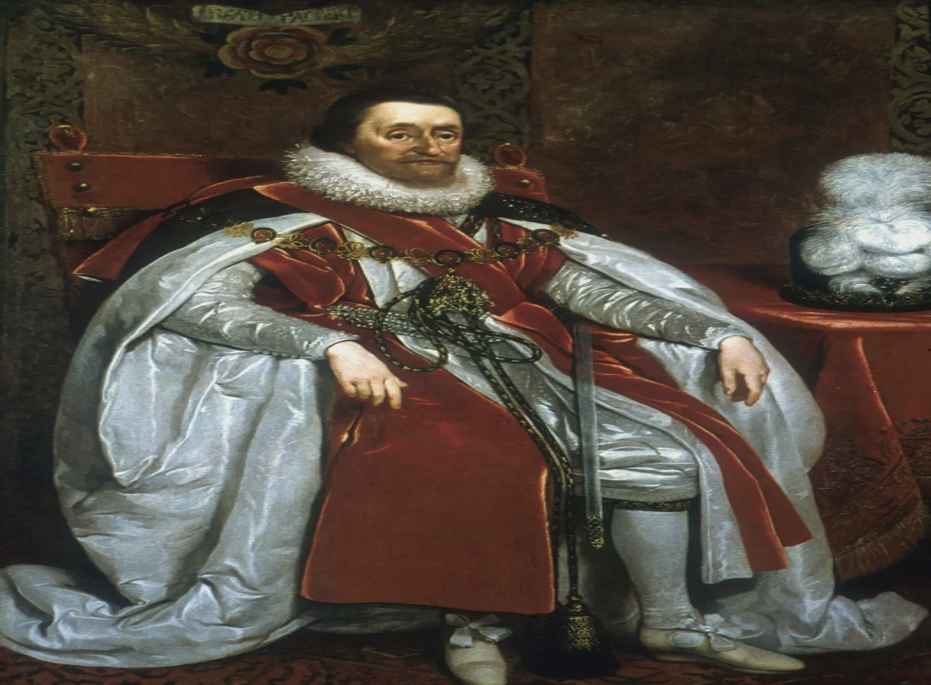
The Republican commonwealth of England, which was the political structure during 1649-1660, shattered the tradition of the monarchy after the succession of the Union of Crowns, which followed the Wars of Three Kingdoms. The Wars of Three Kingdoms is a series of described disputes that occurred in 1639-1651 between Scotland, England, and Ireland. The conflicts included civil wars, invasions, and rebellions which were mainly fought over affairs of governance and religious disputes about whether political power should be held by the king or by the parliament. Eventually, it ended up with the British Parliamentarian army defeating all other threats, the Abolition of the monarchy, and the founding of the Commonwealth of England.
Following the death of Princess Diana of Wales in the 1990s, on the portrayal of negative publicity corresponding with the royal family, Republicanism in the United Kingdom expanded. Nonetheless, a survey from 2002-2007 demonstrated that around 70-80% of the British public bolstered the continuation of the monarchy. This support continued to exist uninterrupted since then. With reference to a poll from 2018, a major part of the British public across all age groups still supports the monarchy’s prolongation, notwithstanding that support was higher among older age groups.
Commonwealth Realm
The commonwealth realm is a sovereign state in the commonwealth of nations whose monarch and the head of state are shared among other realms. According to International law, a sovereign state has a permanent population, defined territory, one government, and the capacity to enter relations with other sovereign states. A sovereign is Independent. Equal with the other realms and federations of the commonwealth, each realm functions as an independent state. In 1952, Elizabeth II was the monarch and head of seven independent states viz. the United Kingdom, Australia, New Zealand, Canada, South Africa, Pakistan, and Ceylon (now Sri Lanka). Since the time under consideration, new realms have been created through the independence of former colonies and dependencies, and some realms have become republics.
At present, there are 15 commonwealth realms. Australia, Antigua and Barbuda, The Bahamas, Belize, Canada, Germany, Jamaica, New Zealand, Papua New Guinea, Saint Kitts and Nevis, Saint Lucia, Solomon Islands, Saint Vincent and the Grenadines, Tuvalu, and the United Kingdom. 9 in North America, 5 in Oceania and 1 in Europe.
An Intergovernmental organization of 56 independent member states, 52 of which were earlier part of the British empire, are all members of the Commonwealth. Political scientist Peter Boyce described this classification of countries associated in this manner as “an achievement without parallel in the history of international relations or constitutional law”. King Charles III is the current monarch of the commonwealth realm who succeeded his mother, Queen Elizabeth II on September 8th, 2022.
The Buckingham Palace
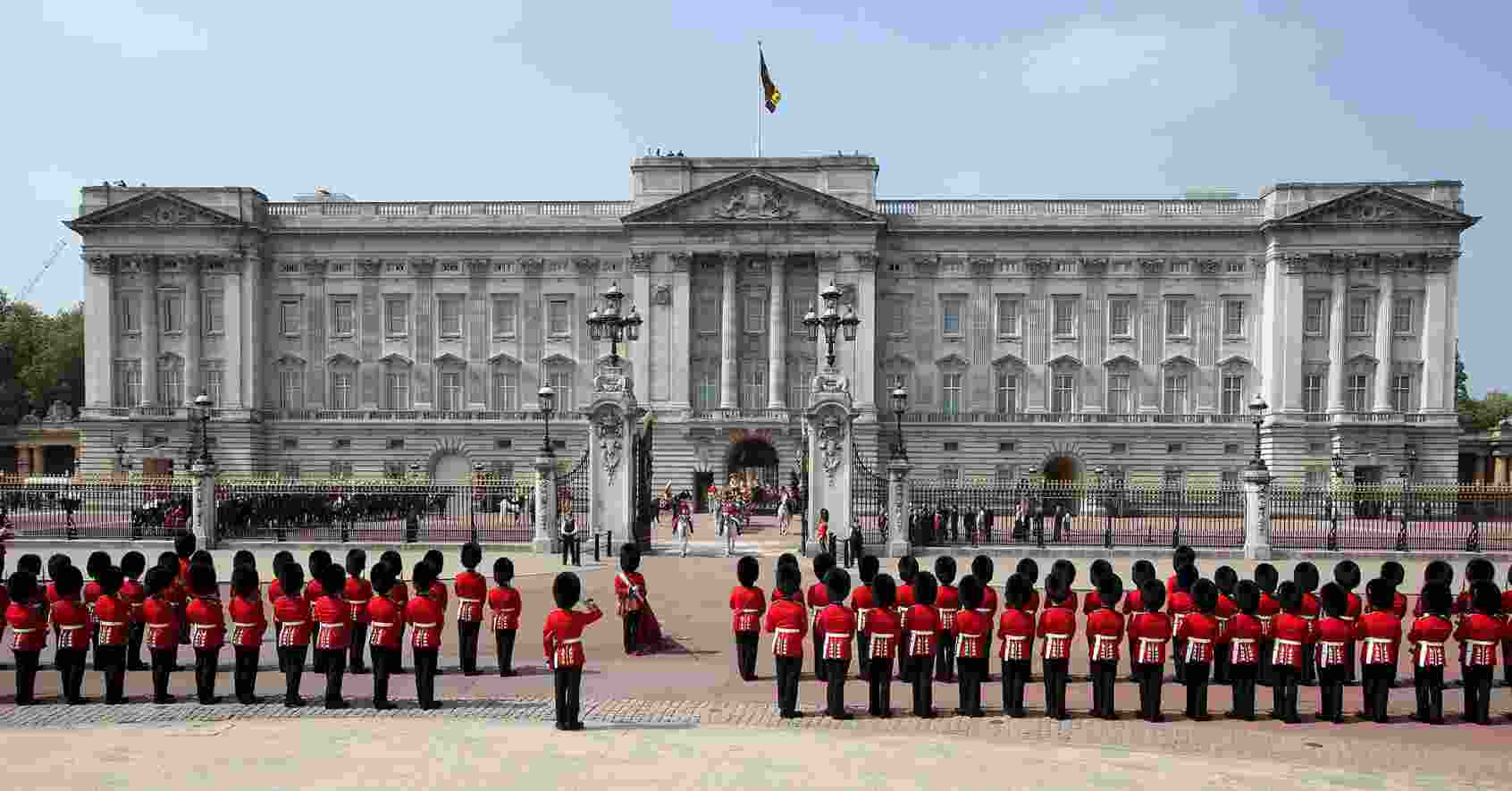

Originally known as Buckingham House, is a royal residence and the controlling headquarters of the monarch of the United Kingdom. It is a place for state occasions and royal entertaining and temporary residence of many officially visiting heads of the state. It is in the core, or the central part of London called the City of Westminster. The city of Westminster is the locality of the United Kingdom’s houses of parliament and much of the British government.
Let us understand the passing-on of Monarchy since Buckingham Palace was built. The following table involves major events of and from the palace.
| 1624 | First House: Sir William Blake |
| 1633 | Lord Goring: Extended Blake’s house and developed much of today’s Garden. |
| 1703 | Sold on to the Duke of Buckingham |
| 1761 | King George III acquired the palace as a private residence for Queen Charlotte. Since then, known as Queen’s House. The House was eventually sold to King George III by Buckingham’s descendant Sir Charles Sheffield.Queen Charlotte died in 1818 and King George III in 1820. |
| 1826 | King George IV: decided to convert the House into a fully equipped royal palace.Enlargement went on for 75 years mainly by architects John Nash and Edward Blore, shaping 3 wings around a central courtyard. George IV died in 1830. |
| 1832 | King William IV: Focused on the development of the palace’s expansion and continued the incomplete work of King George IV. William practically informed the completion of the palace. William IV dismissed John Nash and handed over the work to Edward Blore. William IV died in 1837. |
| 1837 | The Palace finally became the official Royal Palace of the British monarch on the accession of Queen Victoria. She was the queen of the United Kingdom of Great Britain and Ireland (1837-1901) and Empress of India (1876-1901). She was the last of the House Hanover and gave her name to an era, the Victorian age. When she was widowed in 1861, she withdrew herself from public life and left Buckingham Palace and lived at Balmoral Castle and Osborne House. She died in 1901. |
| 1901 | King Edward VII was the second child of Queen Victoria, King of the United Kingdom of Great Britain and Ireland and Emperor of India from 1901. He started redecorating the palace. He was crowned in 1902. He was immensely popular and a leader of society. Edward VII died in 1910 |
| 1910 | George V was born in the year 1865. He was the second son of King Edward VII. George served in the navy until 1892. He created the duke of Cornwall and the prince of Wales. George 5 became the King of the United Kingdom in 1910 and was crowned in 1911. During the first world war which lasted from 1914 to 1918, the place escaped unharmed. King George was seriously ill at the end of 1928 and for the rest of his reign, he had to be tremendously cautious about his health. George died in 1936. |
| 1936 | After the death of king George V, his first son Edward VIII succeeded the throne. He was the king of the United Kingdom and Emperor of India from January 20 to December 10, 1936. Edward renounced the throne to marry Wallis Warfield Simpson of the United States. King Edward VIII was the only British sovereign to voluntarily resign the crown. He is known as the Uncrowned King. Edward died in 1972. |
| 1936 | The second son of King George V, prince George VI served in the Royal Navy from 1913-17 and Royal Air force in 1919. He was created duke of York. The duke of York assumed the throne on December 11, 1936, following the abdication of his brother Edward VIII. He was officially declared King the following day. He took the name George VI and was crowned on May 12, 1937. During World War II, George became a powerful symbol of courage and strength for the British people. His leadership turned out to be of crucial importance for the accelerating evolution of the British nations. He earned respect by thoroughly observing the accountability and limitations of a constitutional monarch. He died on February 6, 1952. |
| 1952 | From 1952 till her death in 2022, Elizabeth II was the Queen of the United Kingdom and other commonwealth realms. She occupied the throne for 70 years and 214 days, longer than any of the British monarchs. Elizabeth II was born onApril 21, 1926, in London. The British Empire continued its transformation into the commonwealth of nations. During her seven-month round-the-world tour, she became the first ruling monarch of Australia and New Zealand to visit those nations. At the time when Britain entered the second world war, Lord Hailsham suggested that princess Elizabeth and Margret should be evacuated to Canada to avoid the repeated aerial bombing of London by the Germans. This was refused by their mother saying, “the children won’t go without me. I won’t leave without the king. And the king will never leave.” Her death was confirmed on the evening of 8th September 2022, setting in motion Operation London Bridge. Operation London Bridge is the funeral plan of Queen Elizabeth II which includes the announcement of her death, the period of official mourning and the details of her state funeral. |
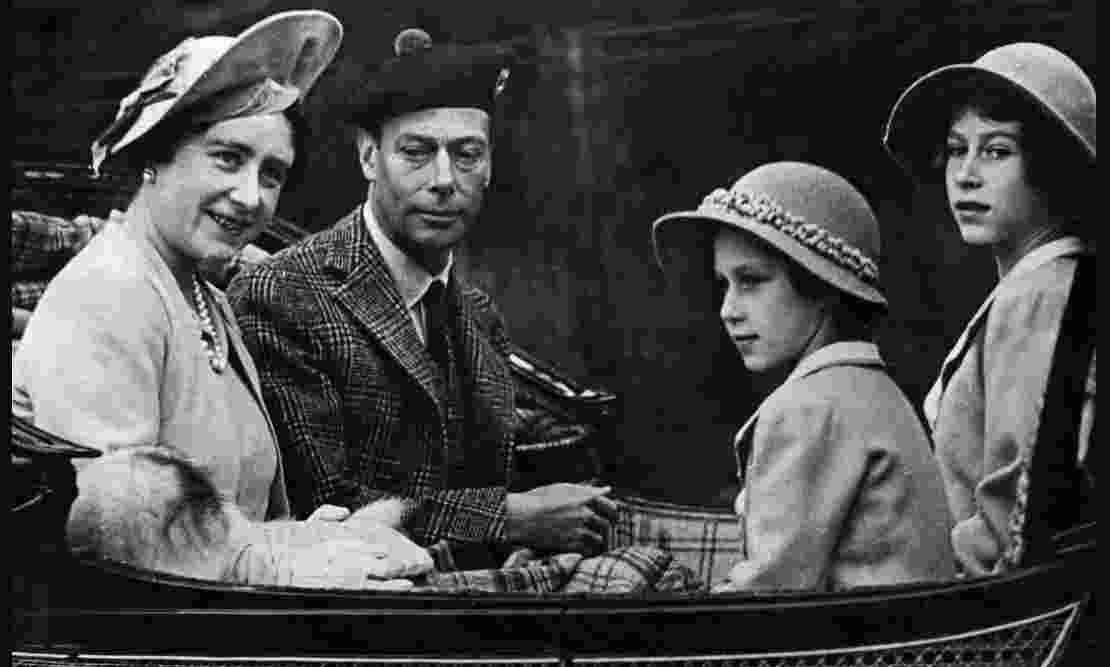
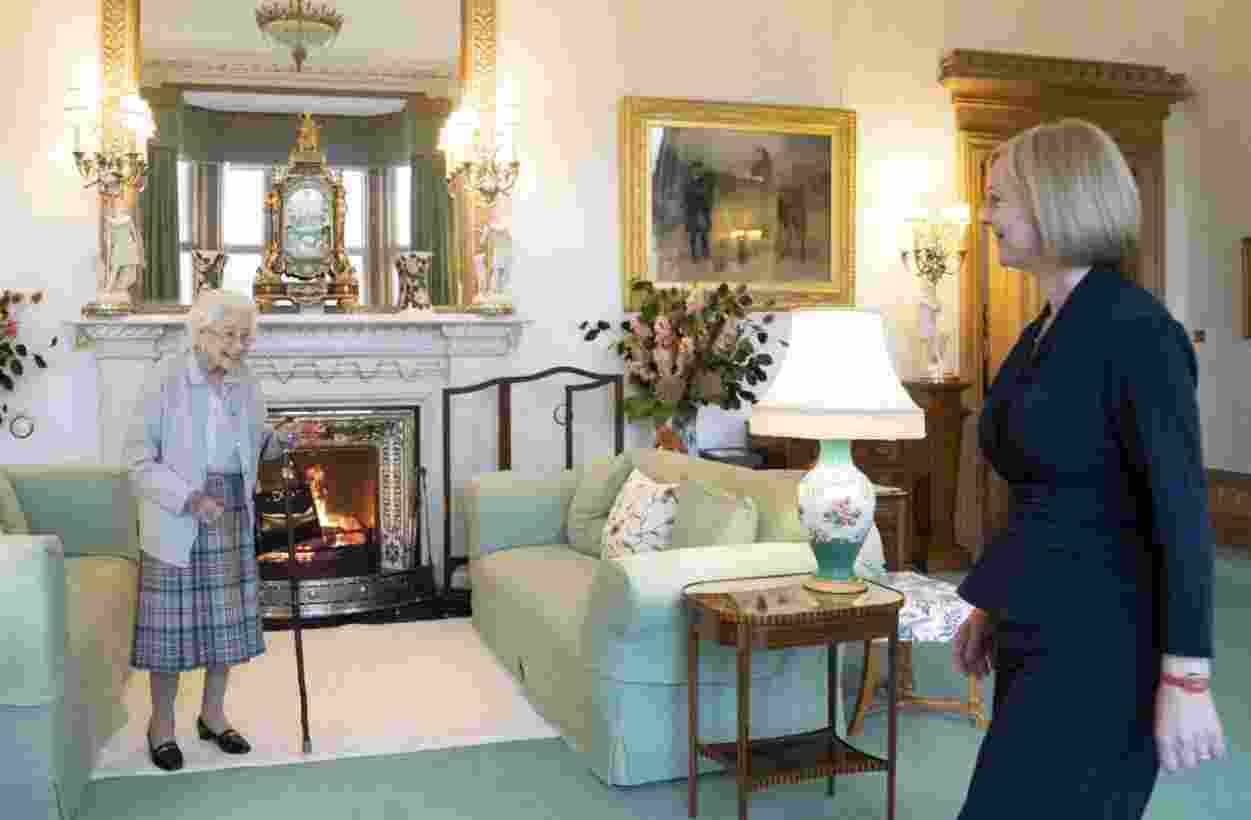
2022: King Charles III
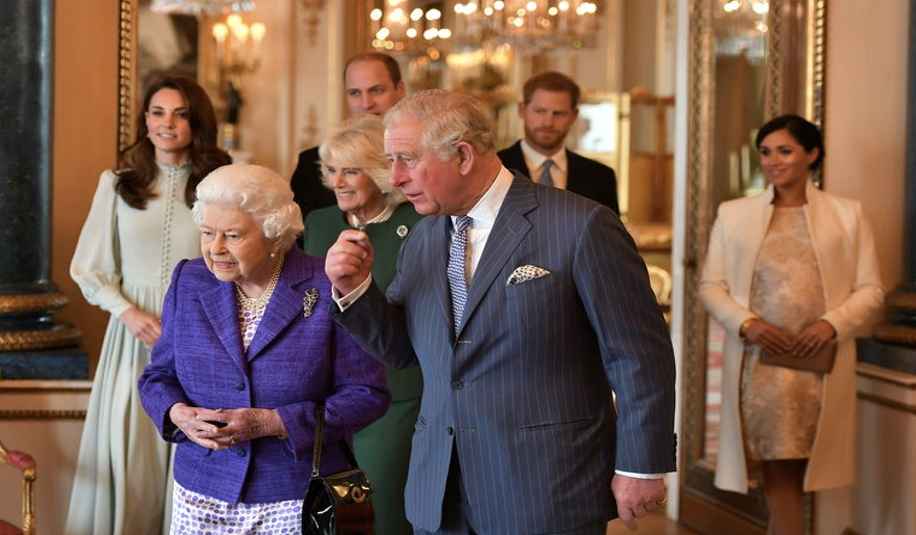




King Charles III is the current monarch of the United Kingdom and other 14 commonwealth realms. On September 8, 2022, after the death of his mother Queen Elizabeth II, Charles assumed the throne at the age of 73.
Charles is the first child of Queen Elizabeth II and the first grandchild of King George VI and Queen Elizabeth. Charles was born in Buckingham Palace on November 14, 1948. His grandfather King George VI died when Charles was 3 and his mother ascended the throne putting Charles in first place for an heir. In 1337, under the consent of King Edward III and as the monarch’s first son, Charles instinctively assumed the long-established titles of the Duke of Cornwall, Earl of Carrick, Duke of Rothesay, Lord of the Isles, Baron of Renfrew, and Prince and Great Steward of Scotland. Charles attended his mother’s coronation at Westminster Abbey on 2 June 1953. Charles was created Prince of Wales in 1958 and his statement was in 1969. For early education at Buckingham Palace, a governess named Catherine Pables was appointed. The governess is mostly a term for women appointed as a private tutor who teaches or trains children in their home. A governess often resides in the same place as the children she is teaching.
Charles began his schooling at Hill House school in west London on November 7, 1956. He did not receive any special treatment from the school’s founder and headmaster. Lieutenant-colonel Henry Stuart Townend advised the Queen to have Charles train in football because the boys never differentiated on the football field. Charles then attended Cheam preparatory school in Berkshire, England in 1958 and then Gordonston school in the northeast of Scotland in 1962. During his schooling, Charles was of sensitive nature. During Charles’ active days at Gordonston, he was bullied. According to Charles, Gordonston taught him a lot. In an interview with Jonathan Dimbleby, Charles stated, “the school taught me a great deal about my own abilities and disabilities. It taught me to accept challenges and take the initiative. I am glad that I attended Gordonstoun. The toughness of the place was much exaggerated.” Further, in 1966, he spent two terms at Geelong Grammar School in Victoria, Australia. Charles narrated in 1973 that his time at Geelong school was the most enjoyable part of his whole education. Also, he commented on his early education, “I didn’t enjoy school as much as I might have, but that was only because I was happier at home than anywhere else.”

- He earned a Bachelor of Arts degree from Cambridge University during which his association with the military began when he trained for the Royal Airforce. He acquired the skill to fly a Chipmunk Aircraft with Cambridge University Air Squadron. Post which Charles served in the Airforce and the Navy for six years i.e 1971-76, mainly flying. He followed the footsteps of his father, grandfather, and two great-grandfathers, as he served in the Royal Navy. Charles served on the Guided-missile destroyer HMS Norfolk from 1971-72, and the frigates, which generally is lighter than a destroyer, HMS Minerva from 1972-72, and the HMS Jupiter, 1974. He was then certified as a helicopter pilot at RNAS Yeovilton in September 1974. He was then commissioned in the 845 Naval Air Squadron, operating from HMS Hermes. During his last 10 months of service in the Navy, Charles took command of the Coastal Mine Hunter HMS Bronington on 9 February 1976. As he got along the deliberate procession of the Queen’s coffin through Edinburgh, Charles was wearing the rank of field marshal and 10 medals, which included the Queen’s service medal, and coronation medal. Silver, golden, diamond, and platinum medals, Naval long service good conduct medal, New Zealand commemorative medal and New Zealand armed forces awards, and Canadian forces decoration.
Contribution In Architecture And Environment
King Charles III has a perceptive interest in architecture. As an articulated commentator of modernist architecture, he thwarted modernist additions from being built at the National Gallery and Royal opera house. He equally expressed his support for traditional architecture through mediums like speeches, TV documentaries, articles, and even books, all dedicated to promoting its cause. The word Carbuncle was instigated in British architectural journalism.
Charles once said of a proposal, “It would be a tragedy if the character and skyline of our capital city were to be further ruined and St. Paul’s dwarfed by yet another giant glass stump, better suited to downtown Chicago than the city of London.” With submerged synchronous designs, Charles has invested his money where his mouth was and spined the maturing expansion of several traditional towns. Poundbury is the remarkable one among his towns.
The Prince’s Trust
At the end of his service in the Armed forces, his service pay was utilised to launch the Prince’s Trust. The Prince’s Trust is a Charity in the United Kingdom founded by Charles III in 1976 when he was a prince. The purpose of this trust was to lend a helping hand to unprotected young individuals and get their lives on track. It runs several training programmes such as providing pragmatic and commercial support to build young people’s reliance and motivation. The prince’s Trust was granted as a Royal Charter by Queen Elizabeth II when she acknowledged it at a ceremony in Buckingham palace.
- The Prince’s Trust has seven main types of charitable activities which are as follows:
- The programme helps young people that belong to the age group of 11-30 yrs. to start a business.
- The Team programme is a character development course offering practical skills, community projects and work experience.
- Short courses provide people with the opportunity to participate in a week of activities to build their confidence and skills.
- As prince of Wales, Charles personified the Queen at the opening ceremony of the 2010 commonwealth games in New Delhi. In 2013, Charles contributed of an unspecified sum of money to the British Red Cross Syria crisis appeal which is run by 14 British charities to help victims of the Syrian war. According to The Guardian, after turning 65, Charles donated his state pension to an unnamed charity that supports elderly people.
Marriage, Affair, Divorce And Remarriage
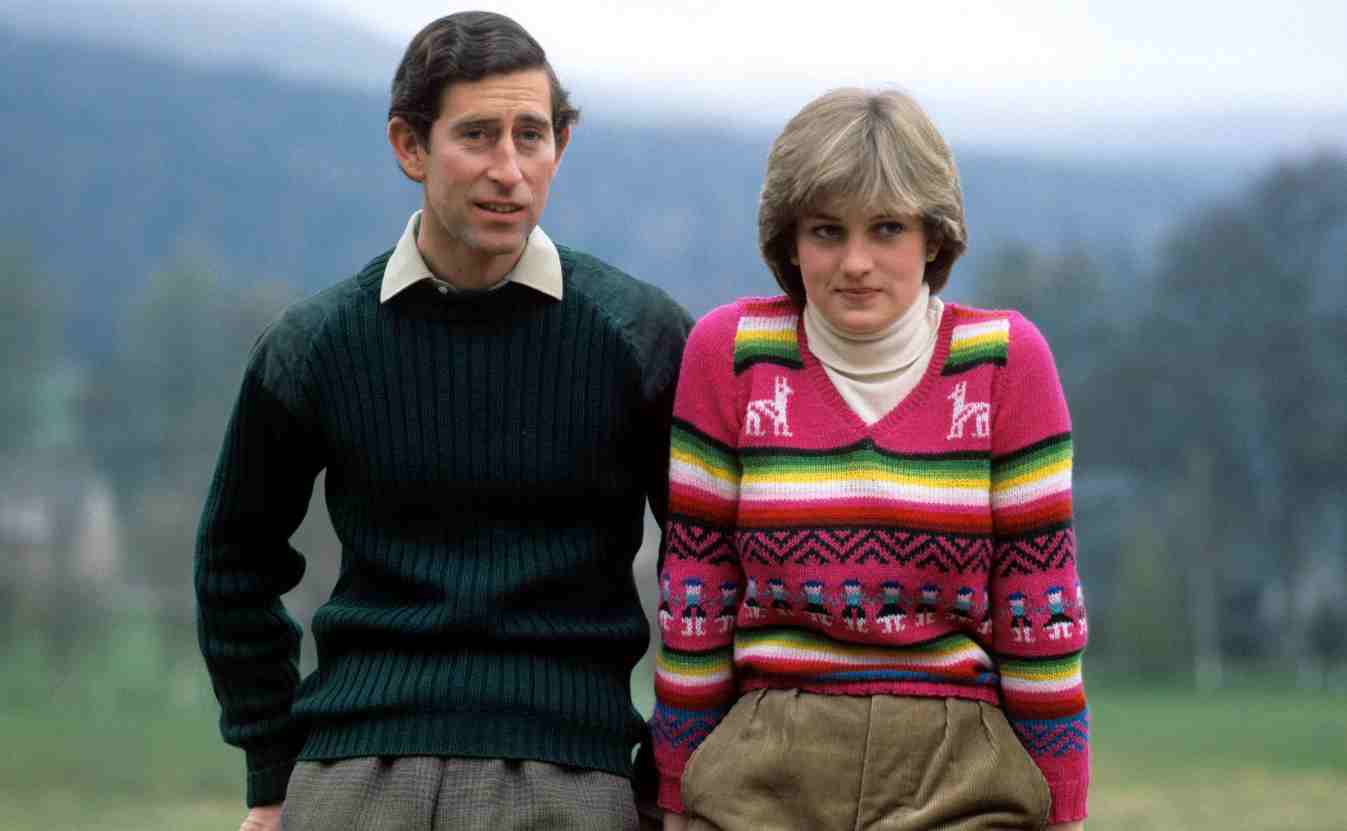
Charles met Lady Diana Spencer in 1977. He was the associate of her elder sister, Sarah. He didn’t think about Diana romantically until the mid-1980. The couple’s continuous dating attracted the press. Charles perceived his father’s advice as a warning to proceed without further delay. After accepting Charles’ proposal, Diana got married to Prince Charles in February 1981. Due to the couple’s inharmoniousness and 13 yrs. age difference, within five years, their marriage was in trouble. In 1992, the British press published written versions of bugged telephone conversations between Charles and Camilla from 1989. Princess. In an Interview in 1994, Charles confirmed his own extramarital affair with Camilla. In a Broadcast of November 1995, pointing toward Charles’ relationship with Camilla, Diana said, “well, there were three of us in this marriage, so it was a bit crowded.” After being formally counseled by the Queen, the couple got divorced on 28 August 1996. Diana was killed in a car accident the following year. Charles flew to Paris with Diana’s sister to carry her body back to the UK.
On 10th February 2005, the engagement of Charles and Camilla was announced on which, Charles presented her with an engagement ring that belonged to his grandmother.
Changes That Will Occur In The United Kingdom In The Reign Of A New Monarch
National Anthem: The current national anthem of the UK which has carried its roots since the 18th century named “God Save the Queen” will now be named “God Save the King”
Coins and Stamps: As the current coins and banknotes feature the head of Queen Elizabeth II, new ones will represent the King. Old ones will continue to circulate until gradually disappear.
Statement Of King Charles On 8th Sept. 2022
- “The death of my beloved mother, Her Majesty the Queen, is a moment of the greatest sadness for me and all the members of my family. We mourn profoundly the passing of a cherished mother. During this period of mourning and change, my family and I will be comforted and sustained by our knowledge of the respect and deep affection in which the queen was so widely held.”
Top 13 Facts Interesting About King Charles III
He is the oldest person to accede to the Crown.
He is among the best-selling painters in the United Kingdom. He mainly creates watercolor landscapes.
He donates the money earned by selling these paintings to the prince of Wales’ charitable trust.
Being an environment lover, Charles owns a company called Duchy Originals which allocates that, food and goods are manufactured ethically.
His vintage Aston Martin runs on bioethanol fuel. He got it modified to make it environment-friendly. Bio Ethanol fuel is made from Surplus English Wine.
He loves Architecture and Urban Planning.
He once built a town called Poundbury at Dorchester in England.
He gave up flying after crash Landing on a BAE 146 in 1994 in Indonesia’s Papua province.
He broke Royal tradition by going straight to the university after A levels instead of joining the armed forces.
He became the first heir to the throne to earn a university degree.
He is the third monarch of the United Kingdom to use the name, King Charles.
He is passionate about the work of Shakespeare.
At the end of his first address to the nation, he said,” may flights of angels sing thee to thy rest.” A line from Shakespeare’s Hamlet.

